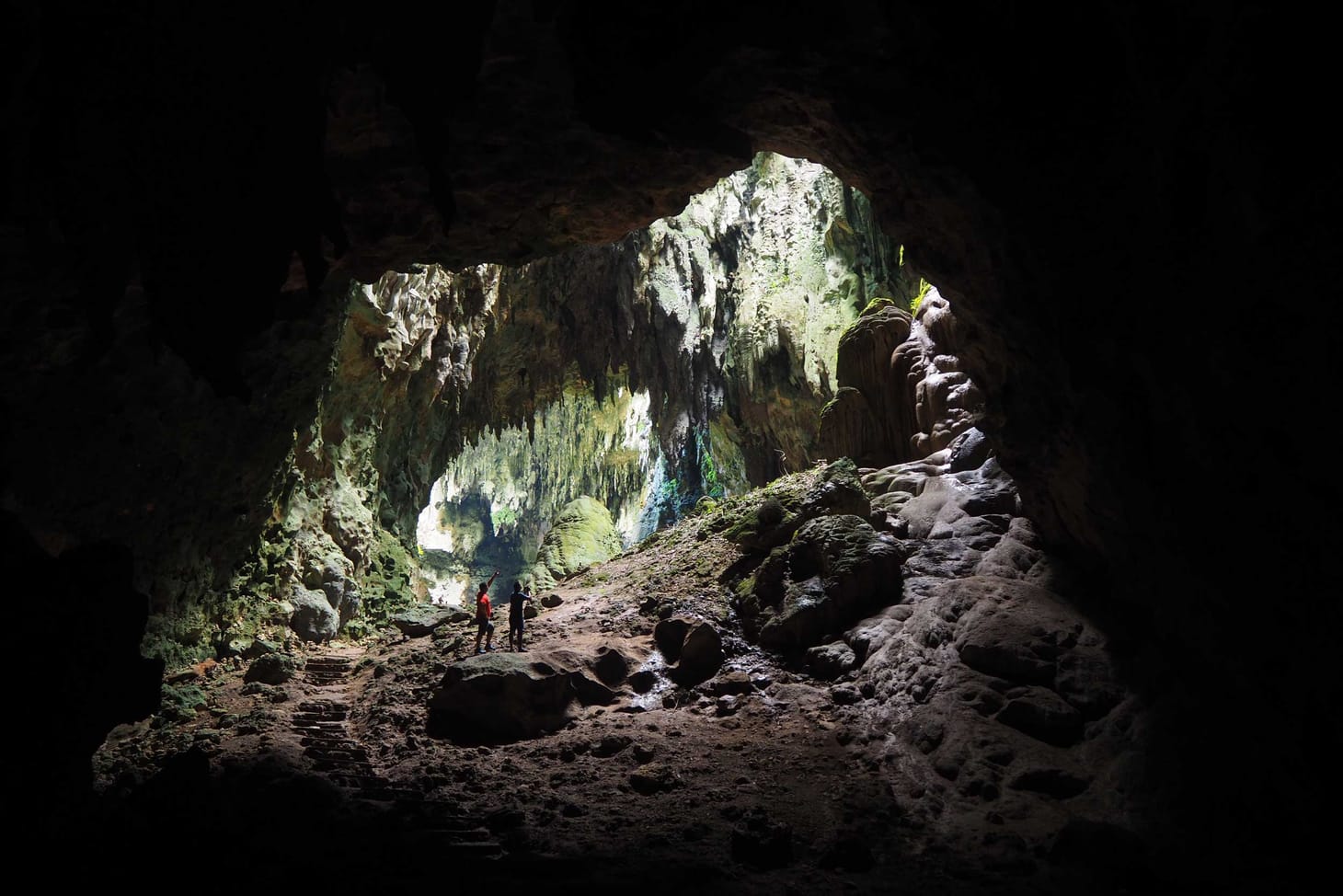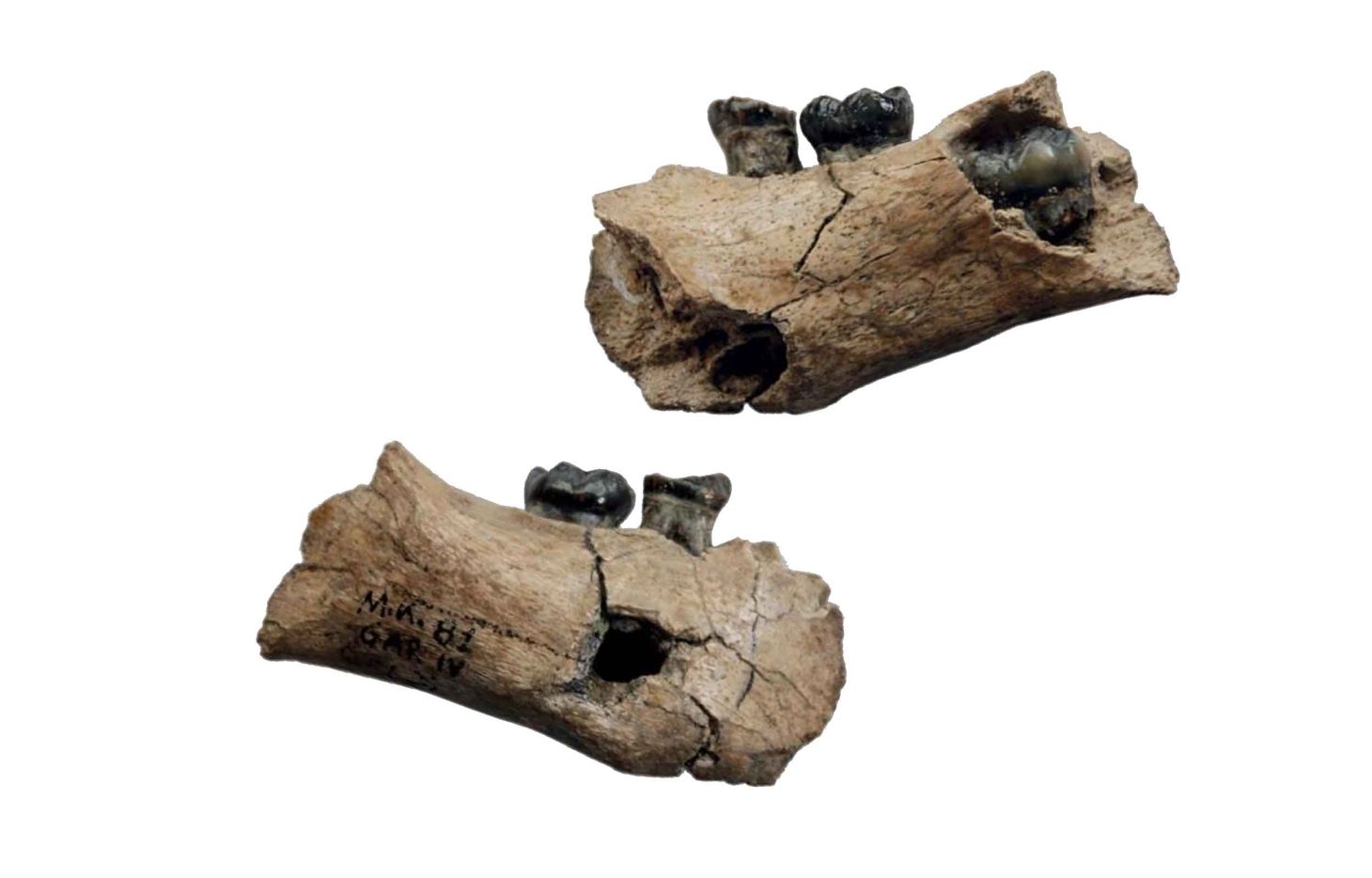Homo erectus
First discovered in 1891, Homo erectus is one of the earliest-known and most geographically widespread species in the hominin fossil record. Fossil evidence attributed to this species has been found in Africa and Asia, as early as 2 million years ago and as late as 106,000 years ago. Whether these varied fossil samples really represent a single phylogenetic group is a matter of continuing uncertainty.
Julurens: a new cousin for Denisovans and Neanderthals
A new study suggests that the Middle Pleistocene record in China includes more groups than have previously been recognized.

New insights into the biology of Homo luzonensis
Studies of teeth from Callao Cave yield information about the pace of development in this species and its possible connections with Homo erectus.

How many bathrooms have Neanderthals in the tile?
A Reddit poster finds an ancient jaw in his parents' new travertine. It may be more common than most people imagine.

All the hominins made tools
A study of associations between stone tool evidence and fossil hominin remains shows that a wide range of species made stone artifacts.

Homo erectus keeps getting older
New work from Melka Kunture, Ethiopia, shows the Garba IVE infant jaw is one of the oldest individuals of this longest-lasting hominin species.

Fossil profile: Sangiran 31 and the exceptionally thick skulls of Homo erectus
One of the thickest skulls in the hominin fossil record gives insight about the variation in this ancient species.

How capable were early human ancestors of crossing open water?
In past populations we should keep in mind the exceptional ability of humans to adapt to new circumstances.

Two anthropologists float some curious notions about Homo naledi
I look at views expressed by Jeffrey Schwartz and Tim White about the anatomy of Homo naledi and its relationships with other hominins.
A look at the intentional markings of Homo erectus
Looking at a 2014 paper by Josephine Joordens and coworkers, which describes zig-zag markings on a shell from Trinil, Indonesia. This shell may have been intentionally marked by Homo erectus.

Did Homo erectus get herpes from chimpanzees?
New research suggests that herpes simplex virus 2 may have invaded ancient humans from chimpanzees sometime after 1.6 million years ago.
